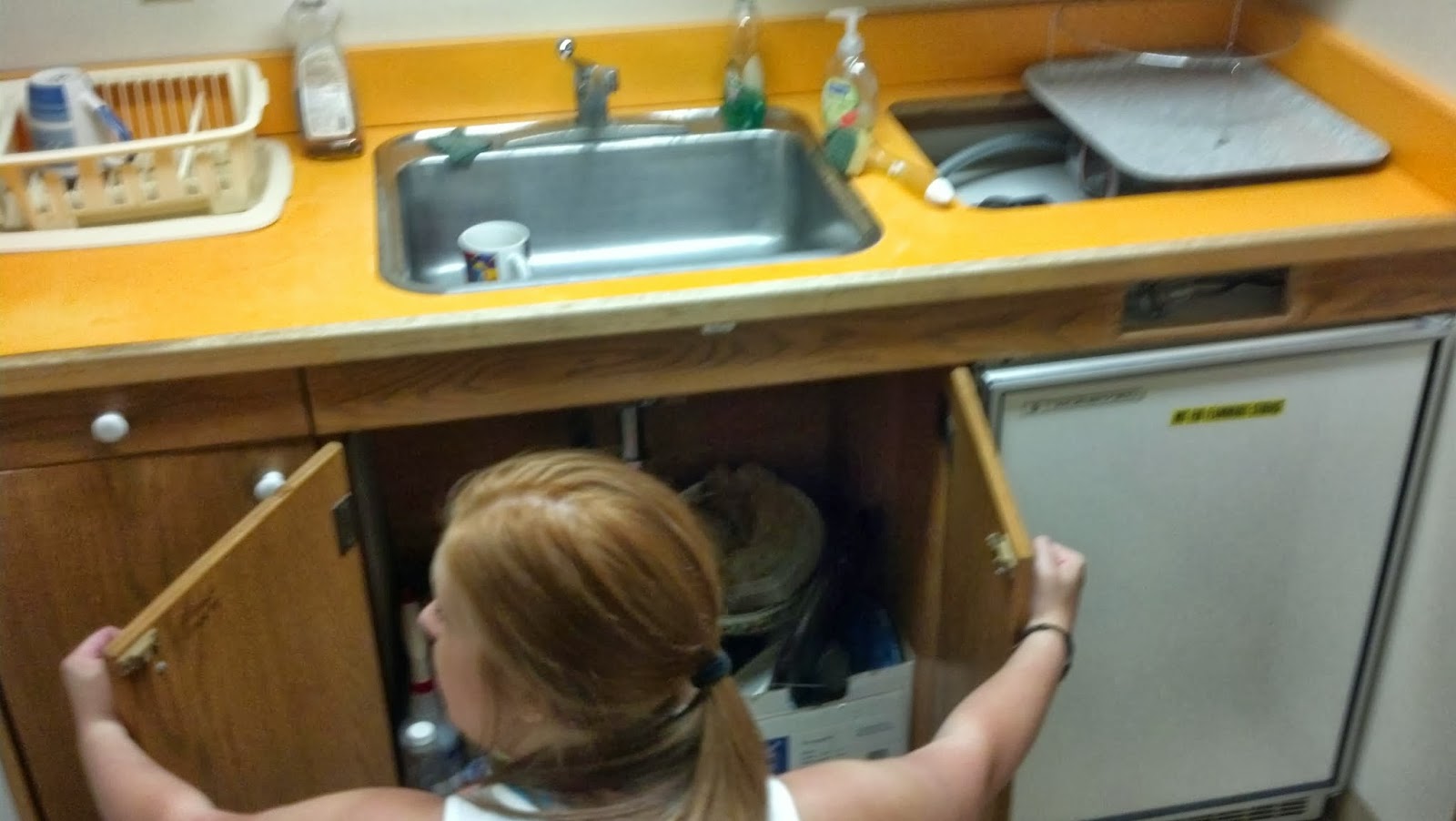This exercise was very beneficial because it put me in the shoes of someone who is in a wheelchair and has to navigate through challenging areas that are not specifically built ADA accessible. These complications, such as small door openings and hard surfaces to wheel on make it frustrating to go throughout your day like anyone would normally do so. Doing this exercise, I found many complications and found it very frustrating when I could not enter entry ways easily, such as bathroom openings, elevators, and bathroom stalls. Even wheelchair accessible bathrooms were complicated to navigate in because of the how the doors open. I enjoyed this experience in a way because it allows me to keep in mind these troubles I had while designing for people in wheelchair because without being able to put myself in their shoes, I would not fully understand the complications people go through daily as they navigate around.

 An area I really struggled with were the bathrooms and the ramp in Daggy hall on the ground floor. The ramp is designed without a landing area on the top, so once you open the door you go flying down the ramp, making it hard to break and slow down. It's a little scary when going down the ramp because you feel as if you have no control. Also, on the way out, it is almost impossible to go up the ramp because the handicapped button to open the door is about half way up the ramp and you have to hold yourself up while quickly reaching for the button, feeling as if you are going to fall backwards or roll back down the ramp. The ramp is so steep it's hard to hold yourself up and balance yourself while waiting for the door to open and then using all of your arm strength to get through the entrance before the door closes. A few other complications I found in Daggy were the bathrooms, as there is only one wheelchair accessible one which was still hard to navigate in because the door opening is not big enough enter through, as well as opening the door and holding it open while wheeling through it was very hard. The elevator was also very small for a wheelchair, once you entered it, there was not enough room to re-situate yourself in order to wheel out facing forward when it was time to exit. Uneven ground surfaces was another problem I had during this exercise. Outside of Carpenter Hall the pavement is uneven near the wheelchair ramp; ironic. There is so much of a lip between the two concretes I almost could not get over it. There were also complications such as: opening cabinet doors because I would be in the way of opening the doors, ordering at the coffee shop it was hard to reach the upper area to pay and see the person I would be speaking to order my drink, and small areas to navigate around as going into bathrooms the little wall in front of the doors made it just another thing in the way. This experience made me feel empathy for people who are in wheelchairs and was a very beneficial and informational activity. I think it is very important every designer takes part in an activity like this in order to design with them in mind on a more personal level.
An area I really struggled with were the bathrooms and the ramp in Daggy hall on the ground floor. The ramp is designed without a landing area on the top, so once you open the door you go flying down the ramp, making it hard to break and slow down. It's a little scary when going down the ramp because you feel as if you have no control. Also, on the way out, it is almost impossible to go up the ramp because the handicapped button to open the door is about half way up the ramp and you have to hold yourself up while quickly reaching for the button, feeling as if you are going to fall backwards or roll back down the ramp. The ramp is so steep it's hard to hold yourself up and balance yourself while waiting for the door to open and then using all of your arm strength to get through the entrance before the door closes. A few other complications I found in Daggy were the bathrooms, as there is only one wheelchair accessible one which was still hard to navigate in because the door opening is not big enough enter through, as well as opening the door and holding it open while wheeling through it was very hard. The elevator was also very small for a wheelchair, once you entered it, there was not enough room to re-situate yourself in order to wheel out facing forward when it was time to exit. Uneven ground surfaces was another problem I had during this exercise. Outside of Carpenter Hall the pavement is uneven near the wheelchair ramp; ironic. There is so much of a lip between the two concretes I almost could not get over it. There were also complications such as: opening cabinet doors because I would be in the way of opening the doors, ordering at the coffee shop it was hard to reach the upper area to pay and see the person I would be speaking to order my drink, and small areas to navigate around as going into bathrooms the little wall in front of the doors made it just another thing in the way. This experience made me feel empathy for people who are in wheelchairs and was a very beneficial and informational activity. I think it is very important every designer takes part in an activity like this in order to design with them in mind on a more personal level.

